Hans Steenbergen & Sacha Koolen Sander van der Meij
Other major food themes that are an expression of this planetary awareness are:
No waste - wasting as little food as possible, from nose to tail menus, stem to leaf cooking, waste factories.
Foraging - using products sourced from the local natural environment.
New old techniques - using old natural conservation techniques such as pickling and fermenting.
Plant-based - The rise of plant-based cuisine.
Circular cuisine
- cooking with as little CO2 impact as possible. Using alternative energy.
a better future
The initiatives for rediscovering old crops and reintroducing them into our menus, are part of a wider awareness of the fact that we need to treat our resources with a lot more care. An increasing number of chefs, restaurant owners and catering professionals in trendsetting cities such as San Francisco, London, Amsterdam, Berlin and Copenhagen are working to make their food offering more sustainable. Corporate head offices are also increasingly persuaded of the fact that offering healthy and sustainable food to their employees is of the greatest importance to people, planet and profit.
It is no exaggeration to say that the world of food is at the eve of a necessary transformation. Not only is our awareness of how food affects our personal health growing, but the relationships between our food system and planetary health are becoming increasingly evident as well.

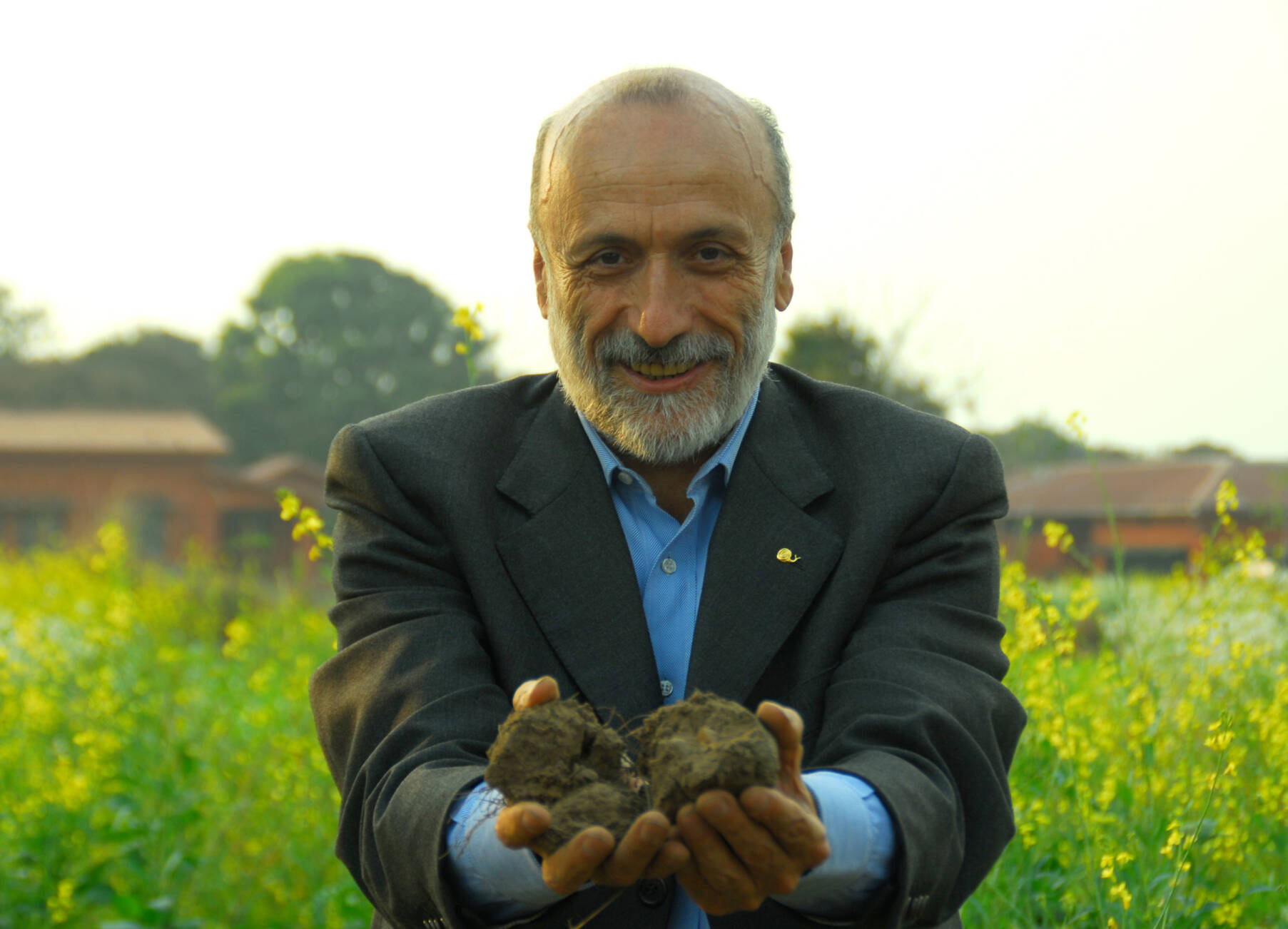
The Slow Food Movement was founded by Italian Carlo Petrini and a group of activists. A campaign opposing a new McDonald's in the centre of Rome brought them together. In the 80s, Petrini was considered an international spokesperson for farmers. Today the movement primarily serves to protect local food specialties. This group of people firmly opposed global food industrialisation. ‘Why should an Inuit eat the same food as an Ethiopian? Food is as important as language, why destroy our heritage?’, says Petrini.
The Ark of Taste project was founded in 1996 as part of the Slow Food Movement. This 'ark’ travels the world, as an ever-growing catalogue searching for food that is part of culture, history and traditions on earth. It also collects warnings by people who witness the flavours of their youth disappearing. This serves to protect part of the culture and history. In February 2019, the 5,000th product was added to the list: honey from Tapao in Burkina Faso.
The Ark of Taste
Historische Groentehof (historic vegetable court) was founded in 2003 in the Dutch village of Beesel by a man with a mission: Jac Nijskens. The garden is home to over 750 varieties of forgotten, rare and remarkable vegetables and fruits, crops that have been kept alive by Jac’s ancestors. According to Nijskens, those vegetables did not deserve to be forgotten. He wants to reintroduce them into our dietary pattern.
Historische Groentehof immediately drew sympathy from Dutch top chefs. Jonnie Boer from restaurant De Librije (three Michelin stars) was one of the first to introduce the forgotten flavours into his cuisine. As Dutch star chefs have embraced forgotten vegetables en masse, Dutch gastronomy is making a unique contribution to awareness of the value of biodiversity.
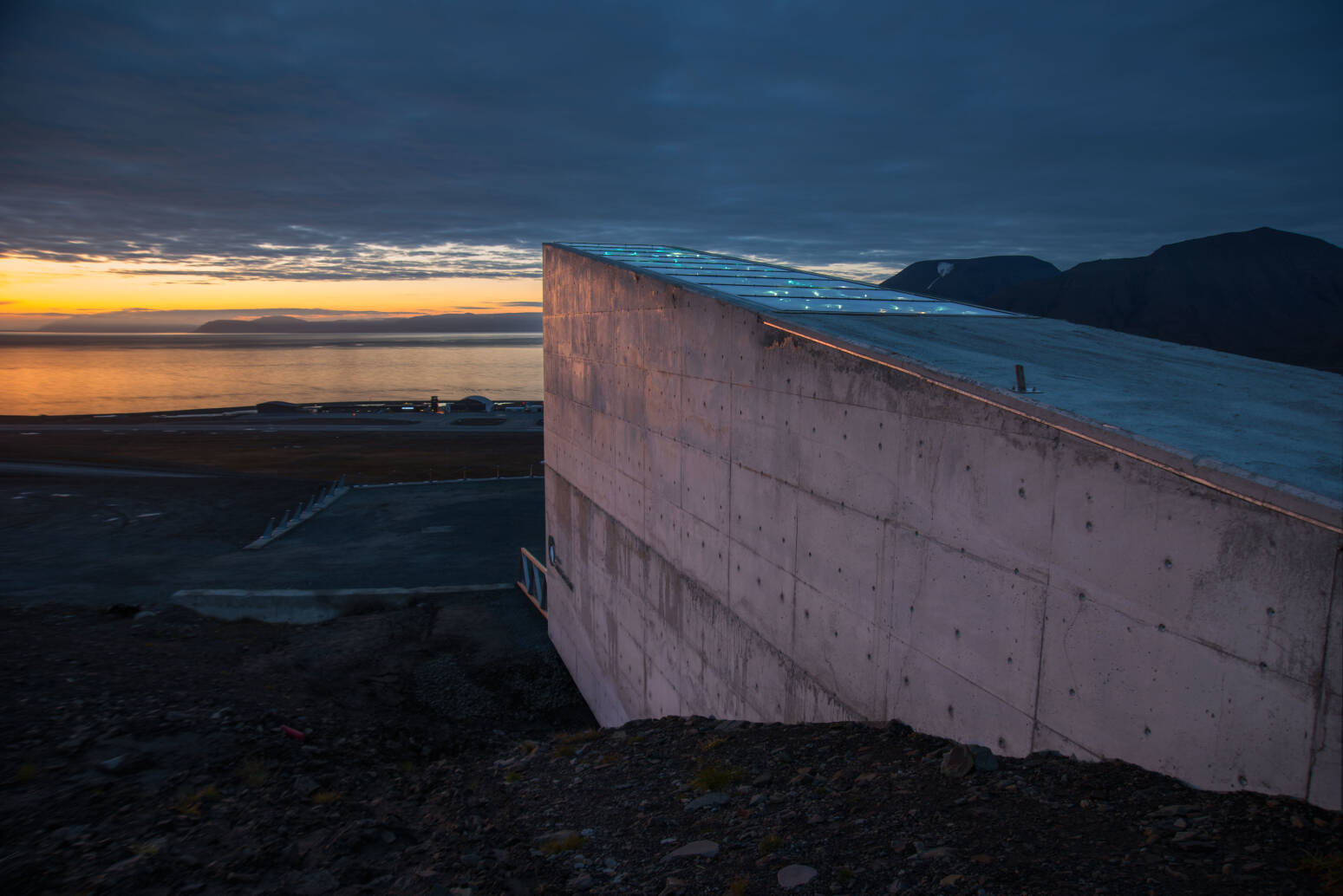
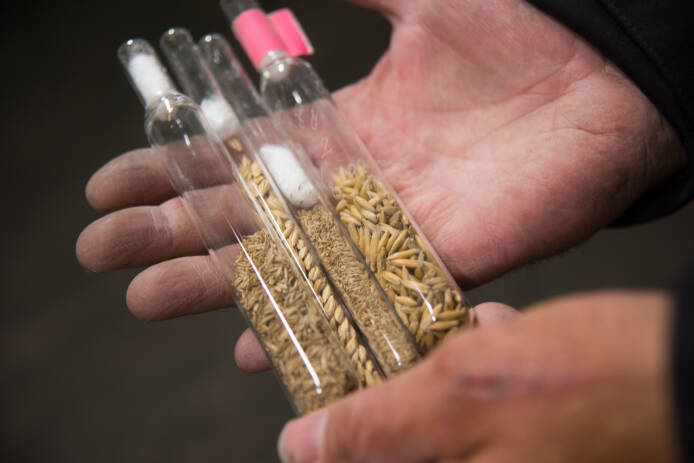
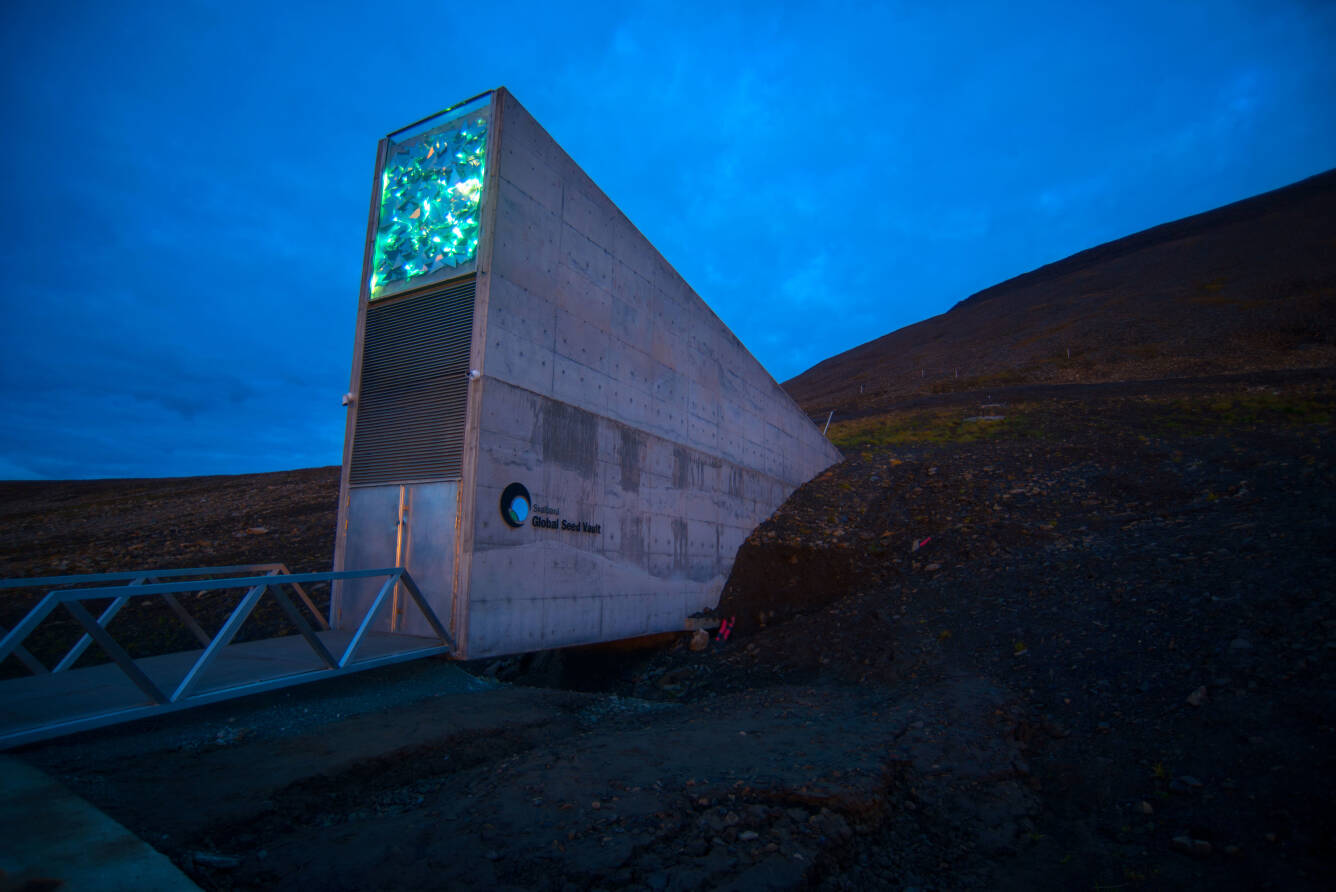
On the island of Spitsbergen, halfway between the Norwegian mainland and the North Pole, you'll find the Svalbard Global Seed Vault. Also known as Noah's Ark for seeds. At a depth of 120 metres, with a temperature of -18°C, in the middle of the polar wilderness, the DNA of nearly a million seeds is being preserved. The seeds are sourced from almost every country in the world.
The objective of the World Seed Bank is to protect as much of the world’s unique genetic material as possible. The main focus lies with safeguarding foodstuff. In case of a natural or war disaster, climate change or other potential catastrophes, this will prevent the wiping out of entire plant species. This is why the vault is also known as the Doomsday Vault. Syria used the vault in 2015 when the seed bank in the Syrian city of Aleppo was destroyed.
Seed Vault
Peru poses an inspiring example. In April 2015, Food Inspiration made a trip to Parque de la Papa (Potato Park) in the Andes, an important place for forgotten potatoes. At an hour and a half from Cusco city, at 3,900 to 4,400 metres above sea level, over 6,000 residents spread across five villages are cultivating an enormous amount of potato varieties.
In collaboration with agricultural engineers and geneticists, they work the centuries-old agricultural terraces, spanning 10,000 hectares. Over 600 different potato varieties grow here. Parque de la Papa was named Territory of Biocultural Heritage. Parque de la Papa protects the wealth that Mother Earth has to offer by refusing to join in on industrialisation and scaling of the food system.
According to the FAO, genetic erosion is taking place. A recent report (2019) says that 'many key components of biodiversity for food and agriculture at genetic, species and ecosystem level are in decline.'
There are multiple explanations for the fact that crop varieties are being ‘forgotten’. Industrialisation, demographic growth and urbanisation have elevated the importance of productivity and shelf life at the cost of flavour and diversity. This is why concerned citizens, scientists and chefs are making a global joint effort: biodiversity is of the greatest importance for food production and diversity of flavour.
Bron: FAO, 2019
Over 6,000 crop varieties are used for food production worldwide.
Less than 200 crop varieties make an important contribution to food production, whether it be globally, regionally or nationally.
Only 9 crop varieties make up 66% of global food production.

Can gastronomy play a positive role in preserving biodiversity of food and agriculture? Certainly. Using forgotten ingredients in your menu allows the public to taste the wealth of flavours Mother Earth has to offer. Such a unique eating experience can inspire more sustainable behaviour.
the
planet
3 min
THE FLAVOURS OF MOTHER EARTH

Other major food themes that are an expression of this planetary awareness are:
No waste - wasting as little food as possible, from nose to tail menus, stem to leaf cooking, waste factories.
Foraging - using products sourced from the local natural environment.
New old techniques - using old natural conservation techniques such as pickling and fermenting.
Plant-based - The rise of plant-based cuisine.
Circular cuisine
- cooking with as little CO2 impact as possible. Using alternative energy.
a better future
The initiatives for rediscovering old crops and reintroducing them into our menus, are part of a wider awareness of the fact that we need to treat our resources with a lot more care. An increasing number of chefs, restaurant owners and catering professionals in trendsetting cities such as San Francisco, London, Amsterdam, Berlin and Copenhagen are working to make their food offering more sustainable. Corporate head offices are also increasingly persuaded of the fact that offering healthy and sustainable food to their employees is of the greatest importance to people, planet and profit.
It is no exaggeration to say that the world of food is at the eve of a necessary transformation. Not only is our awareness of how food affects our personal health growing, but the relationships between our food system and planetary health are becoming increasingly evident as well.

The Slow Food Movement was founded by Italian Carlo Petrini and a group of activists. A campaign opposing a new McDonald's in the centre of Rome brought them together. In the 80s, Petrini was considered an international spokesperson for farmers. Today the movement primarily serves to protect local food specialties. This group of people firmly opposed global food industrialisation. ‘Why should an Inuit eat the same food as an Ethiopian? Food is as important as language, why destroy our heritage?’, says Petrini.
The Ark of Taste project was founded in 1996 as part of the Slow Food Movement. This 'ark’ travels the world, as an ever-growing catalogue searching for food that is part of culture, history and traditions on earth. It also collects warnings by people who witness the flavours of their youth disappearing. This serves to protect part of the culture and history. In February 2019, the 5,000th product was added to the list: honey from Tapao in Burkina Faso.
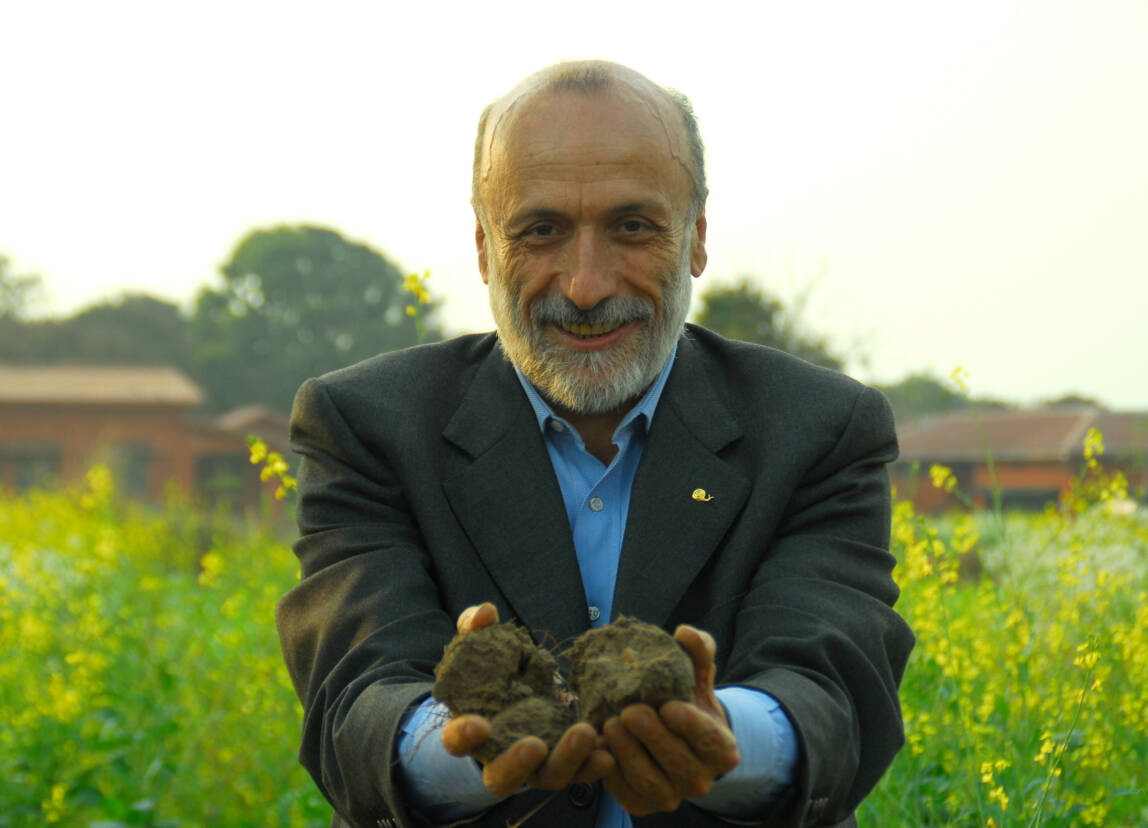
The Ark of Taste
Historische Groentehof (historic vegetable court) was founded in 2003 in the Dutch village of Beesel by a man with a mission: Jac Nijskens. The garden is home to over 750 varieties of forgotten, rare and remarkable vegetables and fruits, crops that have been kept alive by Jac’s ancestors. According to Nijskens, those vegetables did not deserve to be forgotten. He wants to reintroduce them into our dietary pattern.
Historische Groentehof immediately drew sympathy from Dutch top chefs. Jonnie Boer from restaurant De Librije (three Michelin stars) was one of the first to introduce the forgotten flavours into his cuisine. As Dutch star chefs have embraced forgotten vegetables en masse, Dutch gastronomy is making a unique contribution to awareness of the value of biodiversity.

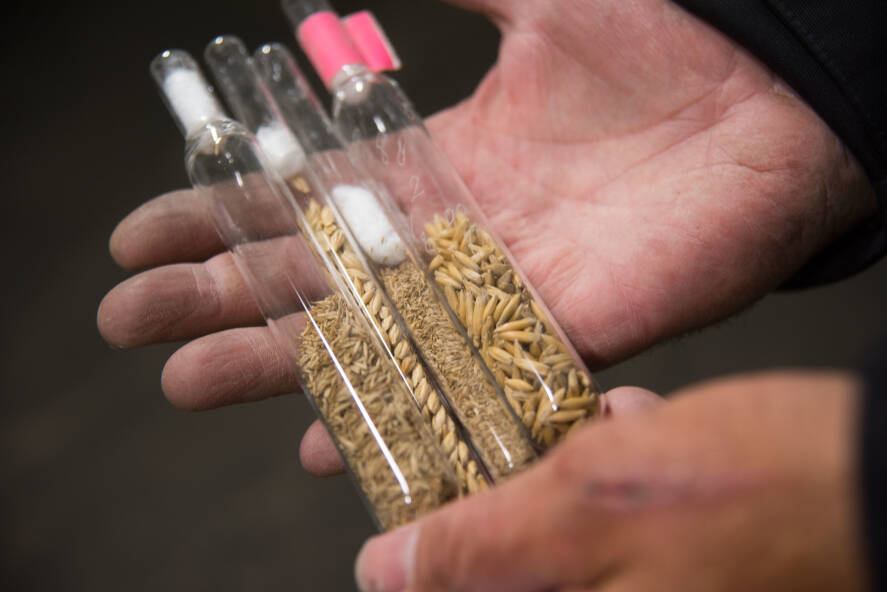
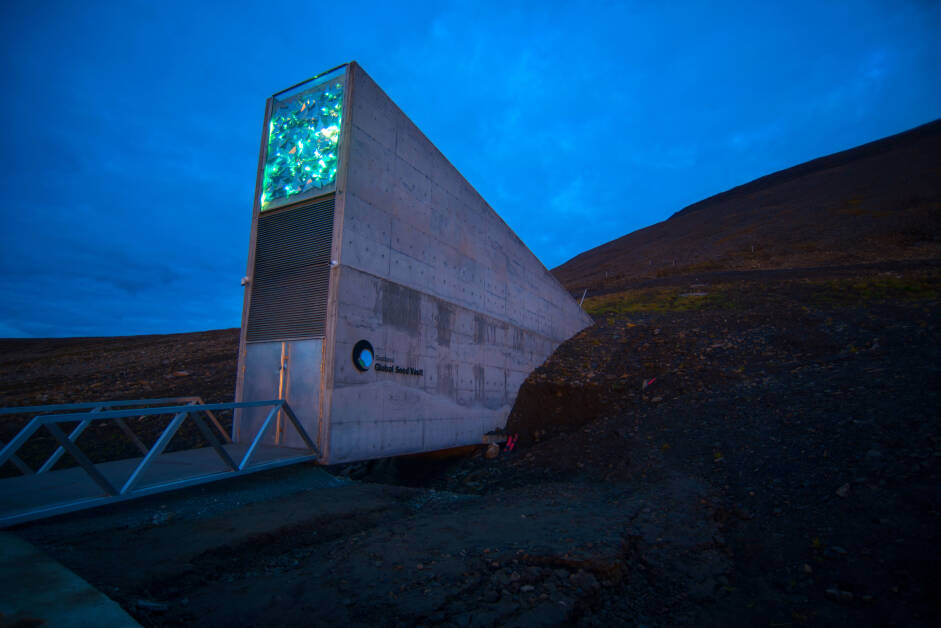
On the island of Spitsbergen, halfway between the Norwegian mainland and the North Pole, you'll find the Svalbard Global Seed Vault. Also known as Noah's Ark for seeds. At a depth of 120 metres, with a temperature of -18°C, in the middle of the polar wilderness, the DNA of nearly a million seeds is being preserved. The seeds are sourced from almost every country in the world.
The objective of the World Seed Bank is to protect as much of the world’s unique genetic material as possible. The main focus lies with safeguarding foodstuff. In case of a natural or war disaster, climate change or other potential catastrophes, this will prevent the wiping out of entire plant species. This is why the vault is also known as the Doomsday Vault. Syria used the vault in 2015 when the seed bank in the Syrian city of Aleppo was destroyed.
Seed Vault
Peru poses an inspiring example. In April 2015, Food Inspiration made a trip to Parque de la Papa (Potato Park) in the Andes, an important place for forgotten potatoes. At an hour and a half from Cusco city, at 3,900 to 4,400 metres above sea level, over 6,000 residents spread across five villages are cultivating an enormous amount of potato varieties.
In collaboration with agricultural engineers and geneticists, they work the centuries-old agricultural terraces, spanning 10,000 hectares. Over 600 different potato varieties grow here. Parque de la Papa was named Territory of Biocultural Heritage. Parque de la Papa protects the wealth that Mother Earth has to offer by refusing to join in on industrialisation and scaling of the food system.
According to the FAO, genetic erosion is taking place. A recent report (2019) says that 'many key components of biodiversity for food and agriculture at genetic, species and ecosystem level are in decline.'
There are multiple explanations for the fact that crop varieties are being ‘forgotten’. Industrialisation, demographic growth and urbanisation have elevated the importance of productivity and shelf life at the cost of flavour and diversity. This is why concerned citizens, scientists and chefs are making a global joint effort: biodiversity is of the greatest importance for food production and diversity of flavour.
Over 6,000 crop varieties are used for food production worldwide.
Less than 200 crop varieties make an important contribution to food production, whether it be globally, regionally or nationally.
Only 9 crop varieties make up 66% of global food production.

Can gastronomy play a positive role in preserving biodiversity of food and agriculture? Certainly. Using forgotten ingredients in your menu allows the public to taste the wealth of flavours Mother Earth has to offer. Such a unique eating experience can inspire more sustainable behaviour.
the
planet

3 min








